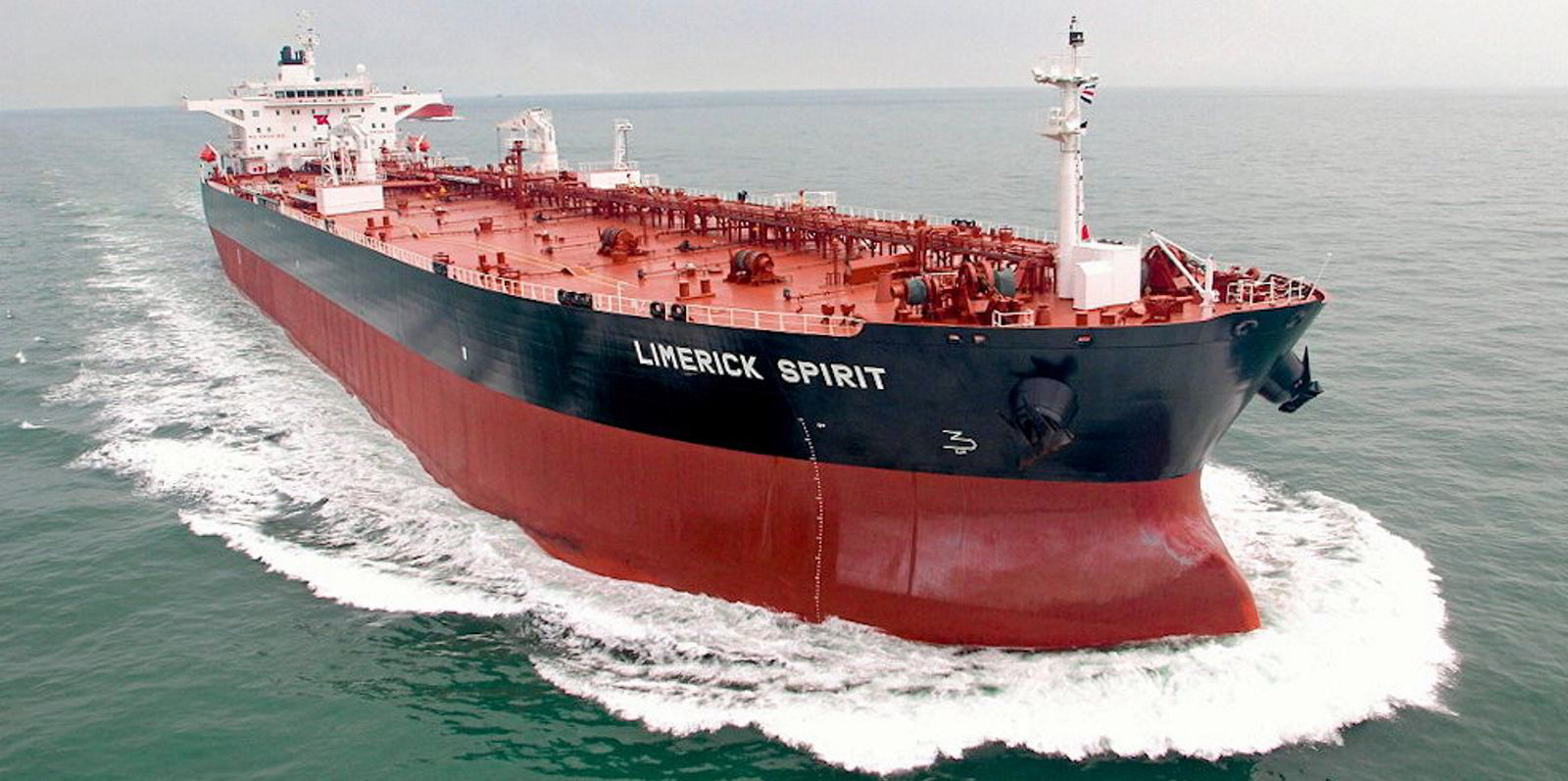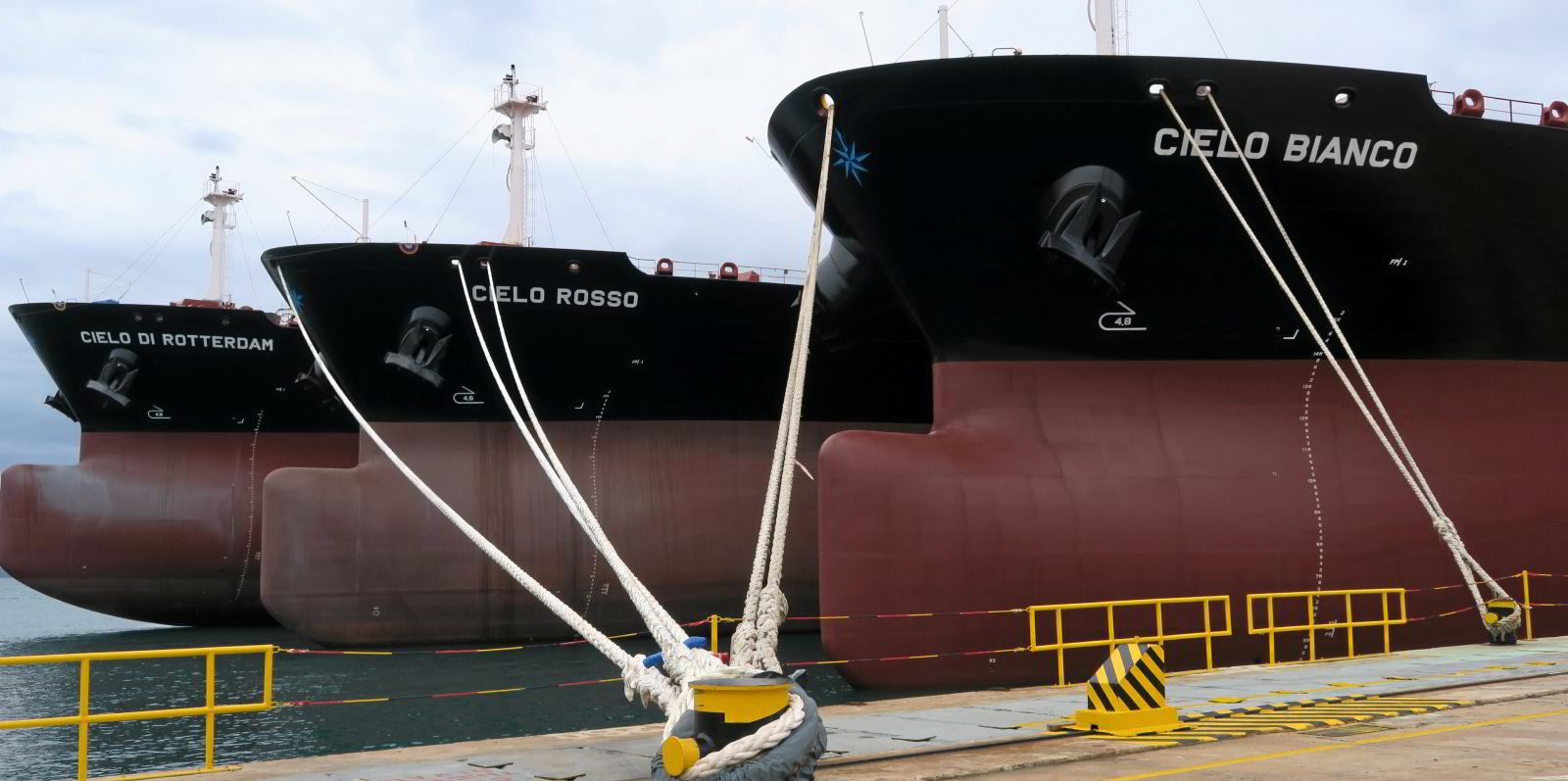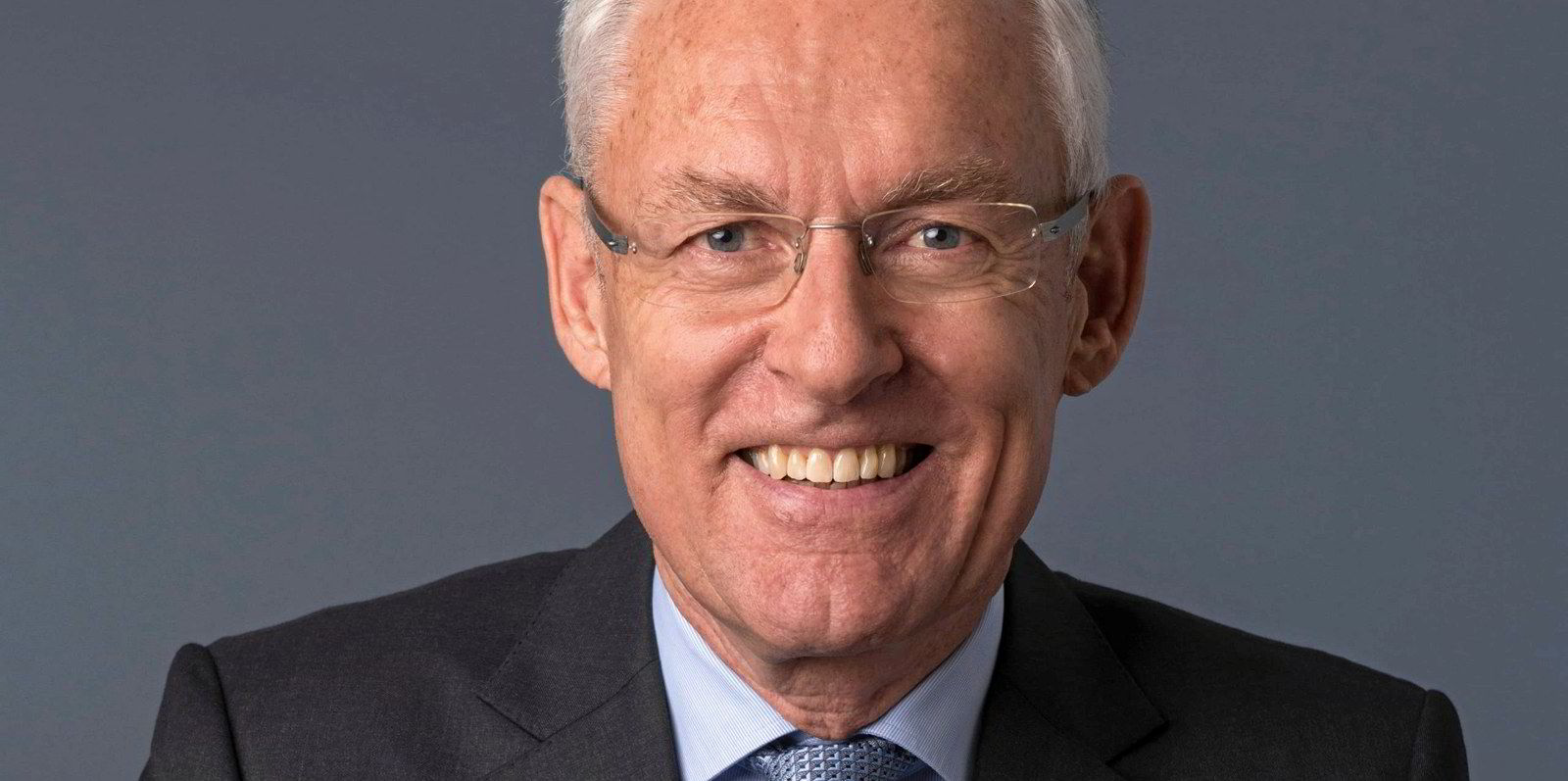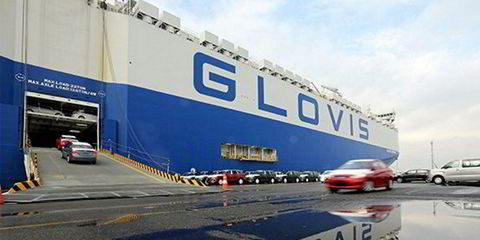A shift by owners and charterers towards larger product tanker sizes means smaller vessels are a dying breed, according to Alphatanker.
But even larger clean carriers are facing a threat from even bigger crude vessels, the consultancy believes.
Panamaxes of between 55,000 dwt and 85,000 dwt are ageing rapidly, Alphatanker said.
"2021 will likely be remembered as the year that the panamax truly went out of fashion," the company added.
No new units hit the water during 2021, while five headed to breaking yards.
Alphatanker is projecting that the fleet contracted by 6.5% last year, leaving 72 panamaxes afloat.
The last ship on order will be delivered in 2022.
"It seems highly unlikely that any more will subsequently be ordered given the preference for the ordering of larger crude carriers," Alphatanker said.
The proportion of the fleet under 15 years and acceptable to larger international charters will shrink from 43% currently to only 22% by the end of 2022, the company's calculations suggest.
LR1s left behind?
LR1s, which focus more on products than crude and have a capacity of between 55,000 dwt and 80,000 dwt, are also out of fashion.
Alphatanker said it is evident that the vessels are being abandoned in favour of the improved economies of scale afforded by larger LR2s and aframaxes.
LR1s are also ageing rapidly, with only two delivered in 2021.
“Officially there remain three units on order, although it seems likely that only one of these will ever be delivered,” Alphatanker said.
LR2s of 80,000 dwt to 160,000 dwt are seeing a slowing fleet growth.
With 12 units slated for delivery and four projected to be demolished, the fleet is expected to increase by only 1.9%, which will be a slowdown on the 4.2% logged for 2021.
This will also be the slowest growth rate for the segment on record.
Good news for LR2s

"When coupled with our relatively bright outlook for LR2 demand based on the regional mismatches between the products supplied by refiners and that demanded by end-consumer which will support the long-haul east to west product trade, this suggests that LR2 fundamentals should remain strong," Alphatanker argued.
However, the consultancy continues to expect that new VLCCs and suezmaxes will encroach on LR2 demand, especially given the pessimistic outlook for trades in those bigger tanker classes.
The 50,000-dwt MR2 fleet remains over-tonnaged, meanwhile.
In 2021, the vessel class expanded by 3% and this year, considering Alphatanker's projections for 71 new deliveries and 36 deletions, growth is set to decelerate to 2%.
Still too many ships
"However, in our opinion, the segment remains over-tonnaged which explains why MR2 hire rates and earnings have struggled ... despite relatively healthy demand which at times, and in certain regions, notably the Atlantic Basin and China, approached its pre-pandemic level," Alphatanker said.
The company expects these fleet pressures to persist in 2022 and potentially even longer, due to the relatively young average age of the fleet at nine years, and the large orderbook representing 9% of the current fleet.
MR1s of between 35,000 dwt and 45,000 dwt are being abandoned, however, in favour of the larger MR2s.
Only one of the three MR1s slated to be delivered in 2022 was launched in 2021, and considering that 11 units were scrapped this year, the fleet contracted by a steep 2%, Alphatanker said.
"Next year, assuming that the three remaining ships on order hit the water, and against a projection for five units to be scrapped, the fleet is projected to contract by a slower 0.4% with the fleet forecast to stand at 500 units by end-2022," the company added.
As with the other "unfashionable" fleets, Alphatanker said the average age of the MR1 fleet is increasing rapidly and currently stands at 14 years. Meanwhile, only 47% of the fleet is below 15 years, and this should decrease to 39% by end-2022.







